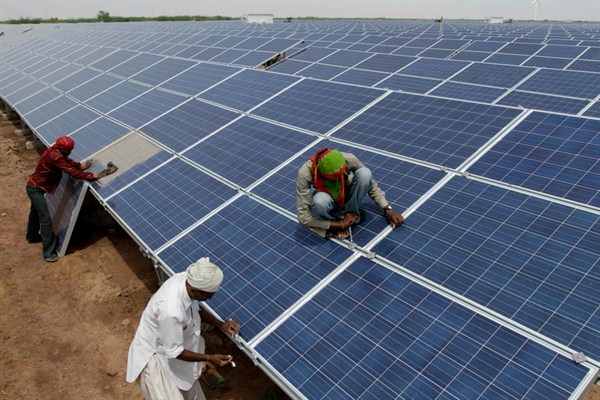On March 11, India and France co-hosted some 40 heads of state in New Delhi at the inaugural meeting of the International Solar Alliance, a treaty-based, intergovernmental organization facilitating solar energy advancement in developing countries in the tropics. The alliance, which was established at the Paris climate summit in November 2015, is aiming to raise $1 trillion in solar investments by 2030. France pledged roughly $860 million at the meeting in New Delhi. As part of the Paris climate pact, India has set its own ambitious green energy target of generating 40 percent of its electricity from renewables by 2030. In an email interview, Gireesh Shrimali, the director of the Climate Policy Initiative’s India program and a fellow at the Steyer-Taylor Center for Energy Policy and Finance at Stanford University, explains why India has set such an ambitious goal for itself domestically, what it is trying to achieve in solar energy internationally, and the obstacles that stand in its way.
WPR: What is driving India’s renewable energy strategy? What progress has India made so far?
Gireesh Shrimali: India’s renewable energy strategy is driven by its growing electricity demand, a desire to reduce its dependence on fossil fuel imports, and a need to meet its international pledges to address climate change.

